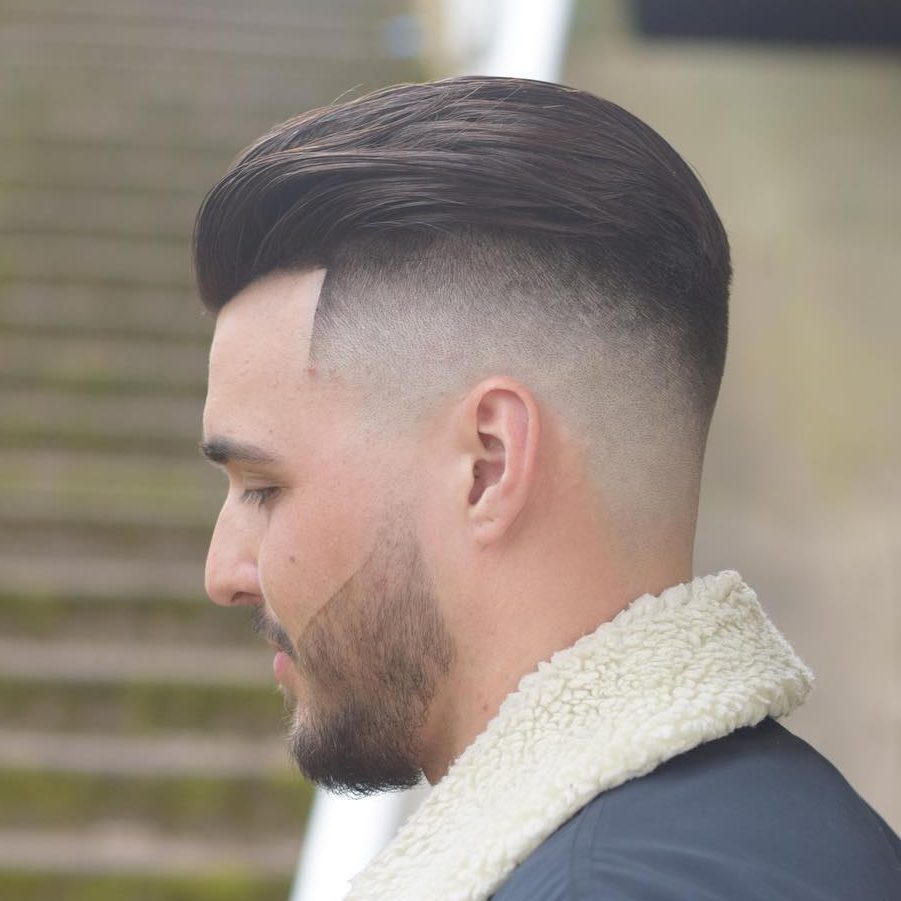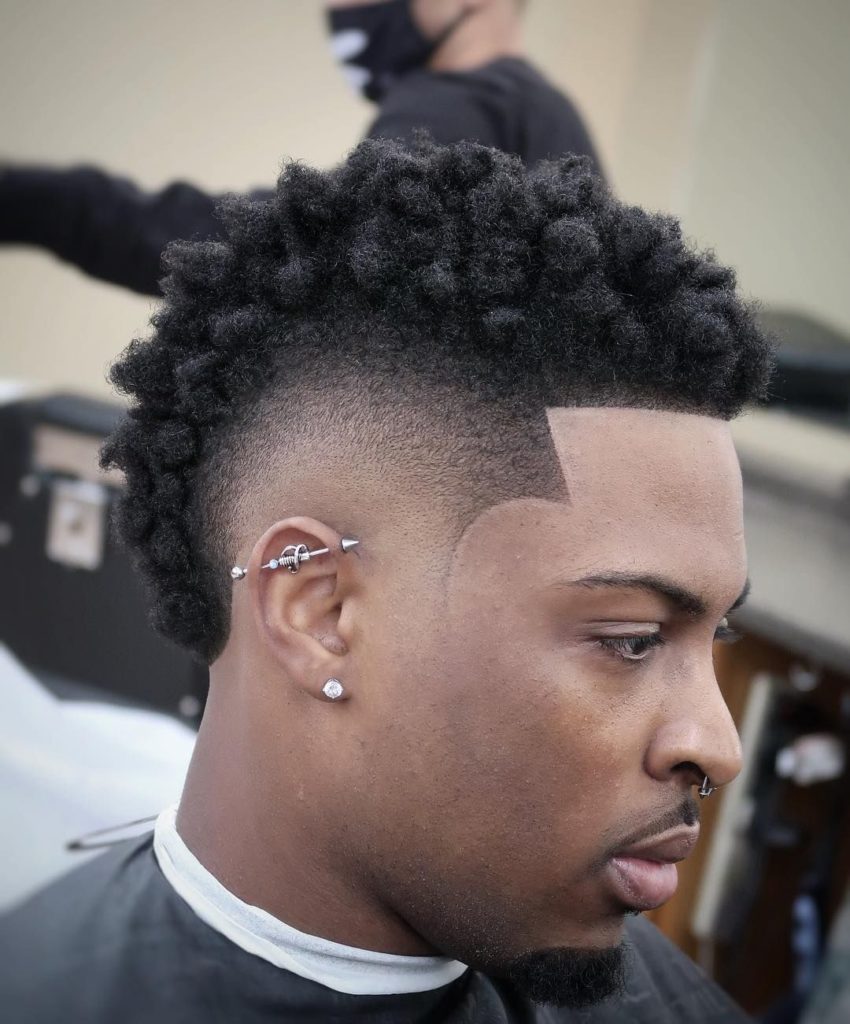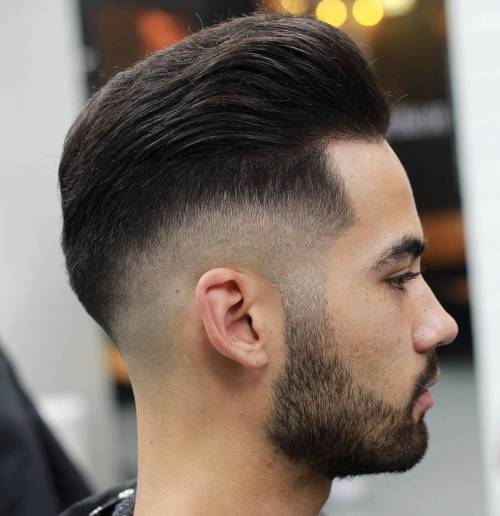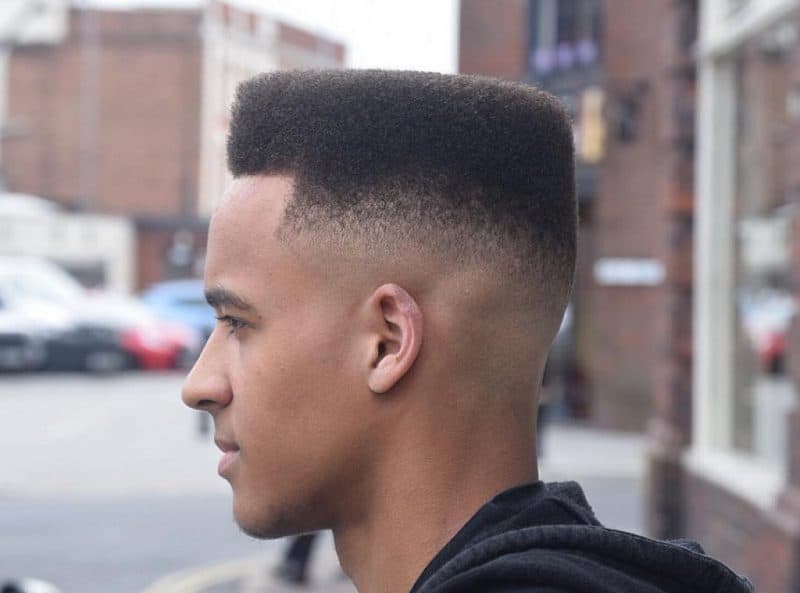Probably the most popular men’s hairstyle in the 21st century, the fade haircut is, above all, one of the most versatile styles. Although fades are often combined with long hair on top as well as no facial hair, they work well in many combinations. Furthermore, they look great with almost any ethnicity or hair pattern. Additionally, you can personalize your fade depending on how modern you want to look. Want something edgy? Get a high/temple fade. A little more classic and simple? Get a low or mid-fade (while the low/mid fade may be more conservative than the high fade, it is still quite modern). Regardless, the fade is customizable for whatever look you want. In this article we will discuss the fade and everything it can do for you.
Different Fade Styles

While there are quite a few variations of the fade, the most popular styles include the razor fade, skin/bald fade, temple, burst, drop, flat-top and high top fades. Each style provides different possibilities, and gives your hair a look unique to that style. Let’s discuss some of the Fade styles and the options they give.
The Skin Fade

The skin fade is most basic and fundamental type of fade. It is characterized by a gradually decreasing hair length down to the skin, hence the name skin (or bald) fade. Modern, classy and trendy, the skin fade is combined with other fade variants making complex but hairstyle design options. Moreover, when combined with long hair on the top, skin fades serve to accentuate the upper scalp hair design above, and the facial hair trim below. Although fading the hair requires a steady and well-balanced hand, the side hair doesn’t need to be styled as the fades serves to focus attention on the upper hair. Consequently, barbers spend more time working on the upper hair, the most prominent part of any haircut, making the haircut easier for the barber, and haircut better for the customer. It’s a win-win!
The Temple Fade

Popularized by the Jersey Shore Actor Pauly D, the Temple Fade involves fading down the hair, however leaving the sidehair outline at the temple. While the temple fade is certainly becoming more trendy, it actually looks more conservative and less daring that the classic skin fade. The temple fade leaves more of the hair outline visible, and shows less skin. Although it is more conservative than the classic fade, it often requires more design work and precision. Regardless, if done properly, it can elevate a good fade to a great one.
The Burst Fade

The Burst Fade is quite unique from the other fade styles. Instead of fading the hair straight around the sides, the hair is faded along around the outer edge of the ear until the lower neck. Consequently the burst is reminiscent of the Mohawk, but much less daring and much more classy. Danny Green rocks a classic Burst Fade, and can be used as a template for choosing your cut with your barber.
The Drop Fade

Similar to the burst fade, the drop fade involves fading the hair along the neck area, but, unlike the drop fade, blends the fade into a neck taper. It is called a drop fade because the hair fade drops as it passes behind the ear. The drop fade should end up lower than the temple fade area. The drop fade is certainly one of the most conservative and tame hairstyles out there, and if you are starting on your first fade, might be a good choice for you.
The Flat/High Top Fade

The low-top fades were originally popularized by the military as a longer yet geometrically rigid version of the crew cut. They “top” fades are distinctive for the deck formed on the top of the hair. More Recently the high-top fades are more popular within the black community as they give structure to naturally curly hair. As a very distinctive cut, the flat and high top fades outline the hair into a well defined edged hairstyle. They often work well with a side part, as the hair becomes outlined even further providing a clear hairstyle with hard edges but design finesse.
